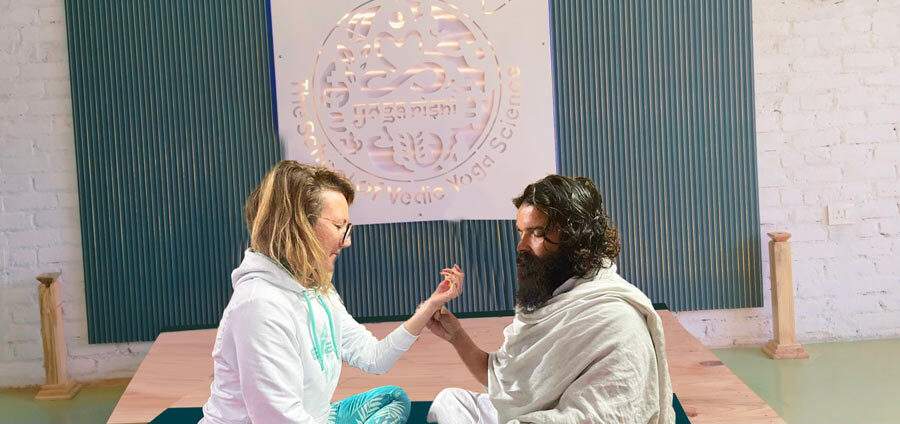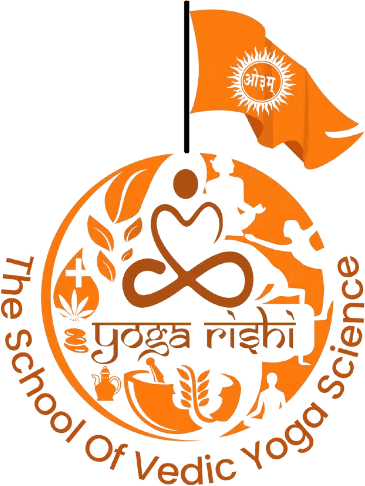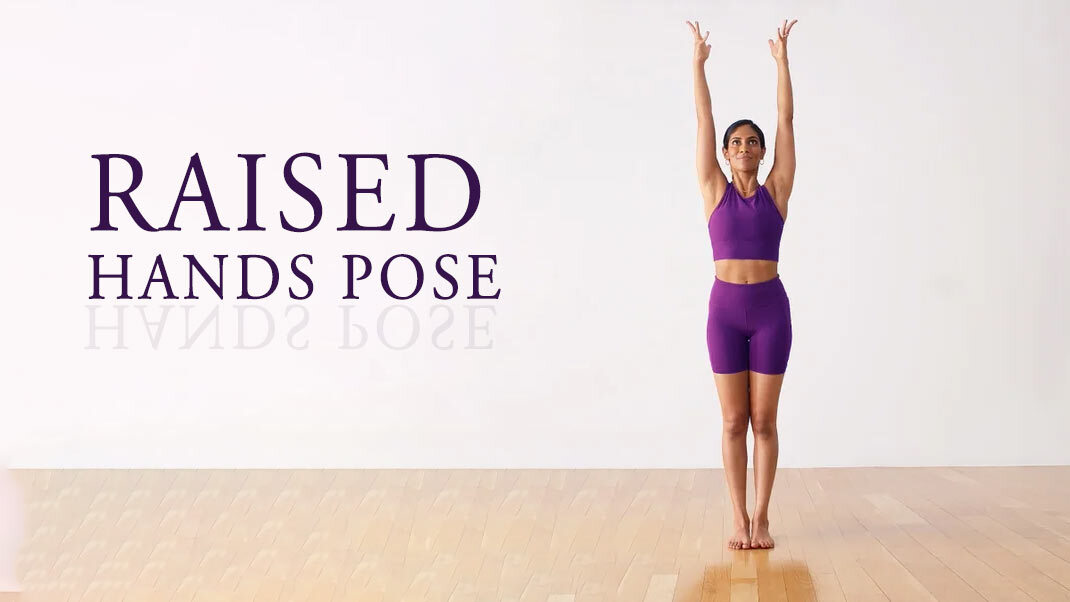
Understanding Ayurveda Nadi Pariksha: The Ancient Indian Art of Diagnosis
Introduction:
Nadi Pariksha is also known as “Pulse Diagnosis.” The practise is ancient and is associated with the Indian medical system of Ayurveda. It was established by yogis in the ancient country of India. Through the use of this method, trustworthy diagnoses have been successfully made for centuries. This method of evaluation has been referenced in several historical sources.
This method uses pulse data to determine the state of the human body. The pulse provides us with a wealth of knowledge regarding our health since it is thought that each tissue and organ in the human body has a distinctive vibratory fingerprint that conveys signals about its condition of functionality.
The three major doshas, in accordance to the Ayurvedic philosophy, make up the body. The normal operation of the organism is governed through these Doshas. Therefore, pulse diagnosis essentially indicates whether or not different Doshas are in equilibrium.
The Ayurvedic approach does not have a universally applicable conventional treatment. Instead, each individual receives a unique course of therapy based on their performance in Nadi Pariskha and a number of other parameters. On the grounds of the findings of the diagnosis performed on the individual, even individualised health regimens, such as massaging treatment, nutrition plans, yoga postures, etc., are prescribed.
How Nadi Pariksha is Conducted?
The well-being of the individual is evaluated using Nadi Pariksha by checking pulse rates at several locations on the wrist. The index, middle & ring fingers are used by a healthcare professional to check the pulse. The three Doshas are correspondingly checked by these fingertips. The doctor observes several frequencies and uses that information to assess the patient’s health.
For dignosis, the patient is recommended to visit a medical professional either on an empty stomach in the early morning or a minimum of three hours after eating. Throughout an Ayurveda Nadi Pariksha, the subsequent procedures are carried out:
- Before receiving it, the individual receiving it is asked to take a short nap so that their pulse can return to its normal level and accurate measurements can be taken.
- The individual’s hand is held in an outstretched posture with the palm looking up and the wrist maintained with a slight bend.
- The index, middle, and ring fingertips are used to measure the motion of the pulse at three key locations along the radial vein. Three Doshas are symbolised by these points.
- The state of the three Doshas is assessed based on measurements. Along with these questions, the patient is questioned about his past health, his way of life, and any other symptoms that he may be experiencing.
- The patient is then informed of the medical diagnosis and given the recommended course of action, including prescribed drugs.
Things that are Noticed During Ayurveda Nadi Pariksha:
The medical professional observes the following when doing Nadi Pariksha:
- Individual’s psyche and physiological processes.
- Finding the individual’s disease’s primary cause.
- Individual’s state of mind.
- Equilibrium of the doshas, or which one is strong or has weakened if the doshas are not regulated.
- Condition and efficiency of the physique’s multiple organs and systems.
- Individual’s propensity for particular illnesses, i.e., the illnesses that usually render the patient ill.
- Every day activities of the individual, including their dietary and sleep routines, degree of exercise, and stress degrees.
- Individual is provided with therapy, yoga poses, and lifestyle adjustments recommendations based on these findings.
Significance of Ayurveda Nadi Pariksha:
It is a non-intrusive approach of identifying illnesses. It can be used to identify a number of long-term conditions. Even it can identify skin conditions. With it, one may make an accurate assessment of any physical, mental, or psychological disorder. By paying attention to the rhythm of the pulse’s oscillations at various stages, it essentially seeks to identify the underlying cause rather than only treating the signs and symptoms. The individual’s physical and emotional health are shown by their pulse. Thus, it carries out the comprehensive diagnostic. And based on it, the patient is treated using a personalised therapy method. Nadi Pariksha is performed periodically throughout the course of treatment to assess the results.
Things to Keep in Mind while Doing It:
When performing Nadi Pariksha, a couple of things must be kept in mind:
- The optimum time to do it, because, according to Ayurveda, our Doshas respond distinctively depending on the time of day. The early part of the day is dominated by Kapha, the middle of the day by Pitta, and the late afternoon and the evening by Vata.
- As the pace of metabolic processes may impact the measurements, the procedure should be carried out on the morning with not having eaten or at least three hours after consuming.
- Ask the individual about all things, including his medical background, mental condition, signs and symptoms, way of life, etc. in addition to checking his pulse.
- The patient must be positioned in a peaceful and stress-free setting with his arm in a supple and comfortable stance.
- When doing an examination on a patient, a physician should only utilise the index, middle, and ring fingers, which stand in for each of the three Doshas. It is best to use careful finger positioning.
Conclusion:
Although Nadi Pariksha appears simple, this is not the reality. It needs to be done by a professional who is skilled in it. Otherwise, the incorrect diagnosis might result in the incorrect therapy and create a number of difficulties.









